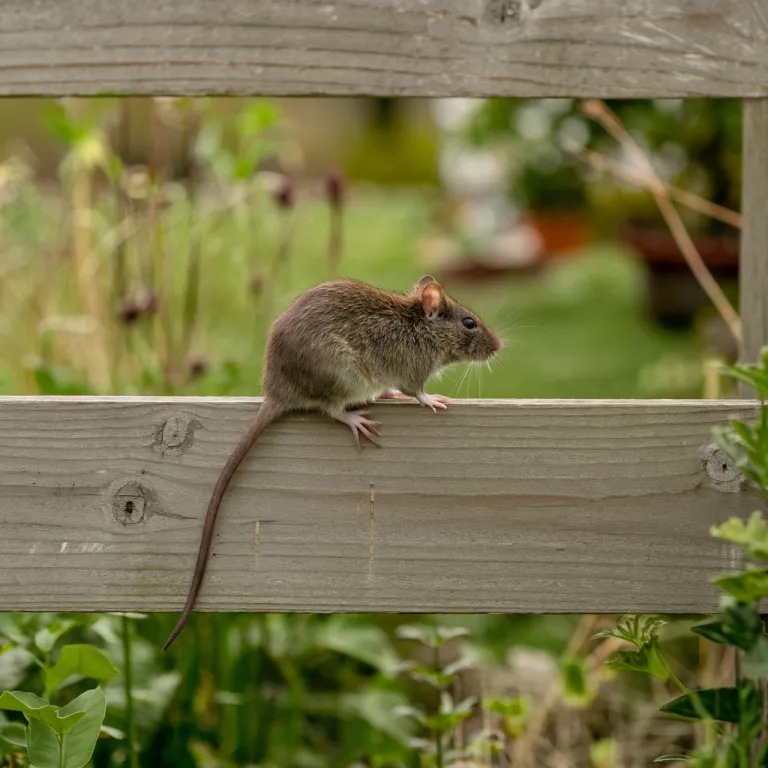Beeline Pest Control
Rodent Removal Made Easy – Protect Your Home Today!
Say goodbye to unwanted rodents with Beeline Pest Control! Our fast and effective treatments eliminate rats and mice safely while preventing future infestations—so you can enjoy a clean, rodent-free home without worry.
Keep your home and family safe with Rodent Pest Control — Call us today!
No Hidden Charges
Get a FREE Quote Today

Did you know? A single pair of mice can produce over 100 offspring in just a few months—don’t let them take over your home!
Fast & Reliable Rodent Control – Keep Your Texas Home Safe
Rodents aren’t just a hassle—they spread disease, contaminate food, and can cause serious property damage. If you’ve spotted rats or mice, don’t wait for the infestation to grow!
At Texas Rodent Control, we provide quick, professional rodent removal to restore your space and prevent future invasions. Our expert team targets rodents at the source and implements long-term solutions to keep them out for good.
Rodents in Your Home? The Hidden Health Risks You Can’t Ignore
As temperatures drop, deer mice and other rodents seek warmth inside homes, bringing more than just an unwanted presence—they carry dangerous diseases that can put your family at risk.
- Hantavirus – Causes fever, chills, and severe respiratory problems.
- Salmonella – Leads to food poisoning with abdominal pain and diarrhea.
- Leptospirosis – Triggers fever, vomiting, and even organ damage.
- Rat-Bite Fever – Results in high fever, muscle aches, and potential long-term health risks.
- Plague (Bubonic, Septicemic, Pneumonic) – A life-threatening bacterial infection spread by fleas.
Protect your home and health—call us today for fast, effective rodent control!
Rat Infestation Risks – More Than Just a Scare!
Texas is home to three common rat species: Roof, Cotton, and Norway Rats—each growing over a foot long! Spotting one during a late-night trip down the hall is unsettling, but the real danger lies in the diseases they carry.
Beyond the health risks from mice, rats also spread Murine Typhus, a flea-borne illness causing high fever, muscle pain, rash, and nausea. Worse, they prey on smaller rodents and may drag carcasses into your home, fueling their growing populations.
Noticing more rats around your home? Don’t wait—Call Beeline Pest Control for expert removal today!
No Hidden Charges
Eliminate Rodents – Protect Your Home Today!
Don’t let wasps take over your space! Beeline Pest Control offers expert rodents removal, keeping your home safe and sting-free. Call now for a free inspection and a customized treatment plan to get rid of rodents for good!
No Hidden Charges
Reviews from Texas Residents
Nothing motivates us more than a pat on the back from our clients!
Beeline Pest Control
Contact Us Today!
Keep your home safe with expert pest control from Beeline Pest Control. Call now for a free inspection and custom treatment plan!
No Hidden Charges
Get a FREE Quote Today
Frequently Asked Questions
How do I know if I have a rodent problem?
There are a few telltale signs of a rodent infestation. Droppings: Rodents will leave behind droppings wherever they go. Gnawing: Rodents love to gnaw on things. Nests: Rodents will build nests out of anything they can find. Sounds: Rodents are mostly active at night, so you may hear them scratching or scurrying around in your walls or ceiling.
Is it true that rodents are harmful to my pets?
Yes, rodents can be harmful to your pets. They may carry diseases that can be passed on to them, and they may also try to attack or eat small animals. If you have a pet, it’s important to keep an eye out for signs of an infestation and call a pest control professional right away.
Where do rodents live?
Rodents typically live in burrows, which can be found in yards, fields or even inside homes and businesses. If you find a hole in your yard or see one running around inside, chances are there’s a nest nearby.
What is the largest rodent?
The largest rodent in the world is the capybara, which can weigh up to 150 pounds. The next largest is the beaver, which can weigh up to 60 pounds. Rats and mice are much smaller, typically weighing less than a pound.
When are rodents most active?
Rodents are most active at night, but you may see them during the day if there’s a lot of commotion in their nest or they’re looking for food.
What do rodents eat?
Rodents are scavengers, so they’ll pretty much eat anything they can find. This includes food that’s left out, garbage, pet food and even human hair or nails.
How do rodents get inside?
Rodents can squeeze through incredibly small spaces, which is how they get into homes and businesses. Once they’re inside, they’ll start to build their nests and look for food. That’s why it’s important to seal up any cracks or holes in your walls, foundation or roof. You should also keep food stored in airtight containers and keep your counters and floors clean.
How can I get rid of rodents at my home or business?
The first step is to call a pest control professional. They will be able to identify the type of rodent infesting your property and come up with a plan to get rid of them. This may include setting traps, using baits or poisons, or seal up any entry points so they can’t get back in.
Can rodents spread rabies or other diseases?
Yes, rodents can spread a variety of diseases, including rabies, Hantavirus, Lyme disease and bubonic plague. That’s why it’s important to call a pest control professional if you suspect an infestation.
What animals are considered rodents?
In the pest control industry, rodents are any of the following animals: rats, mice, squirrels, chipmunks, porcupines and beavers.



